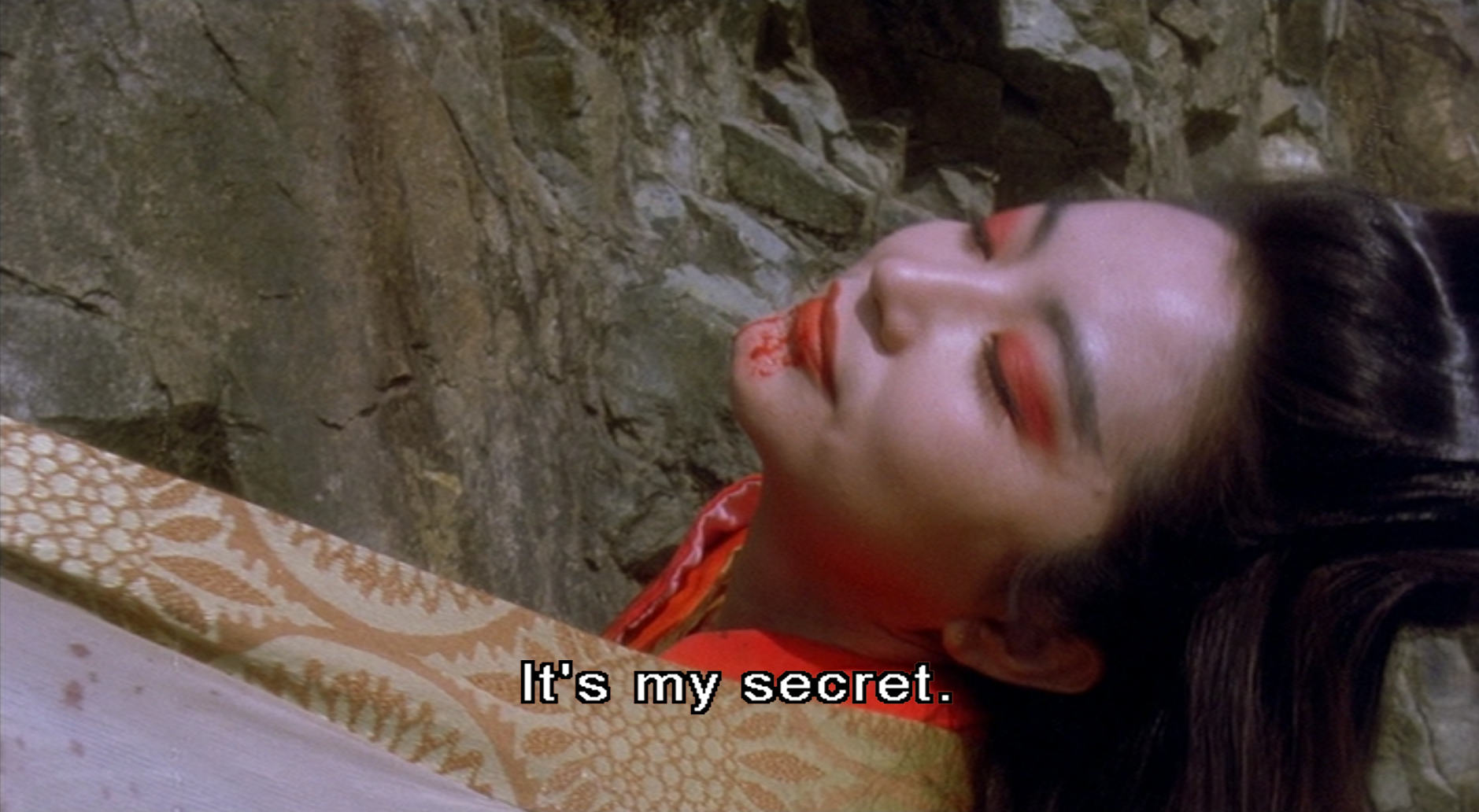
First, there is a section entitled ‘Exhibitions – Explorations’, containing ten reviews, mostly of exhibitions Calvino had seen in Paris in 1980–84. The volume is divided into four main parts. What unites each of the thirty-eight essays thematically is Calvino’s fascination with all aspects of the visual universe and of seeing – and how we then interpret what we have seen.” One implicit message here is that the discreet observer of art and of other countries can perhaps offer as much as the committed intellectual to the reader trying to understand societies and cultures. Calvino here claims to write as a dilettante (he is not an art historian nor an experienced travel-writer), yet, as he says in the blurb to the first edition of the collection, what is on display in these essays is his encyclopedic curiosity and his appetite for meticulous observation in trying to understand what he calls “the truth of the world”. In Collection of Sand the committed intellectual of the first volume of essays, who had written on society and literature, has disappeared to be replaced by someone who is quite removed from the Italian sociopolitical-literary scene: he is now a reviewer of exhibitions, an observer of art works and art books, and a traveller in non-European countries (Japan, Mexico, Iran). The unitary stone of the first title has given way to the granules of sand in the second, the latter image reflecting the author’s own fragmentation and perplexity in the face of an ever more rapidly changing world. However, the differences between the two volumes are even more significant.

His early aspirations to write literature that would somehow lead to a new society foundered as it became clear that the intellectual had very little power to influence events in the 1960s and 1970s (the latter decade in Italy had been characterised by unparalleled levels of political terrorism, culminating in the Red Brigades’ capture and killing of the Christian Democrat prime minister Aldo Moro in 1978 and the neo-Fascist bombing of Bologna railway station in 1980).Ĭritics have noted how Calvino’s fascination with mineral imagery is reflected in the Italian titles of these two substantial essay collections (stone, sand), and there is no doubt that the image of rocks eventually turning to sand, emblematic of the slow passing of geological eras, is a cosmic theme apparent in the writer’s other works.

Calvino chose that first title – Una pietra sopra means literally ‘putting a stone over something’, in other words drawing a line under something – because by 1980 he considered that a certain phase of his life, that of the committed left-wing intellectual, had by now come to an end and that the world was too complex to be changed by the kind of attitudes that had sustained him in his youth and maturity.

The previous book of essays entitled Una pietra sopra ( Moving On) had appeared in 1980 and had contained writings on politics, society and literature. Collection of Sand was the second substantial collection of non-fiction that the author had published. It was the last organic volume of new work put together by Italo Calvino in his lifetime (the only book to appear after it and before the author’s death in 1985 was the final anthology of cosmicomic stories which largely reproduced previously published tales and included only two new pieces). Collection of Sand was published in Italian as Collezione di sabbia in October 1984.


 0 kommentar(er)
0 kommentar(er)
